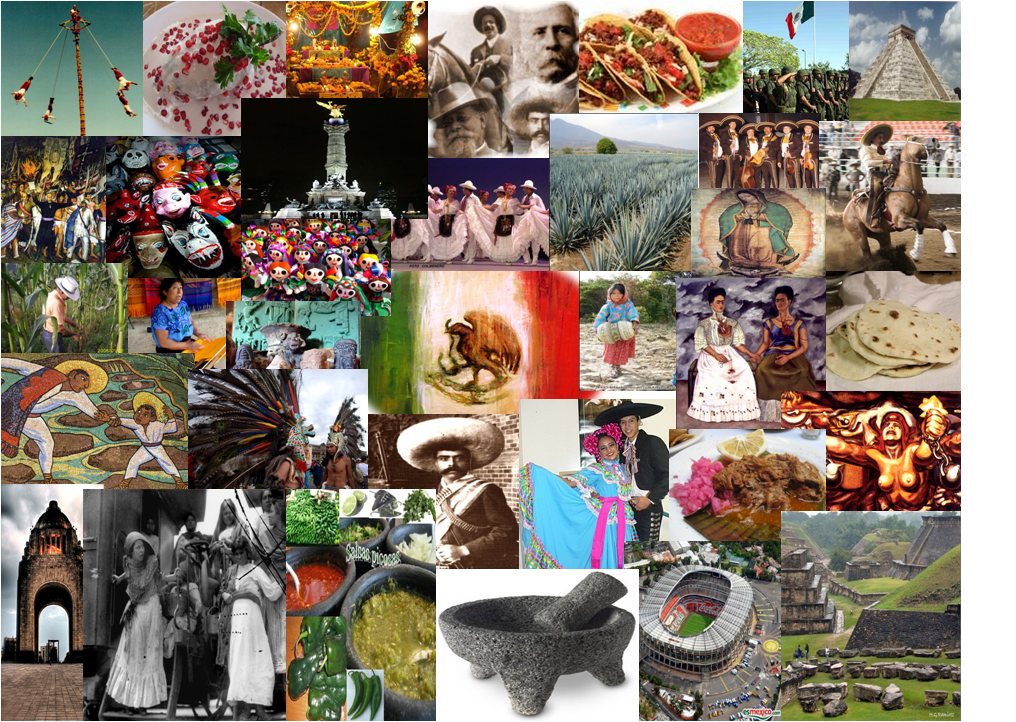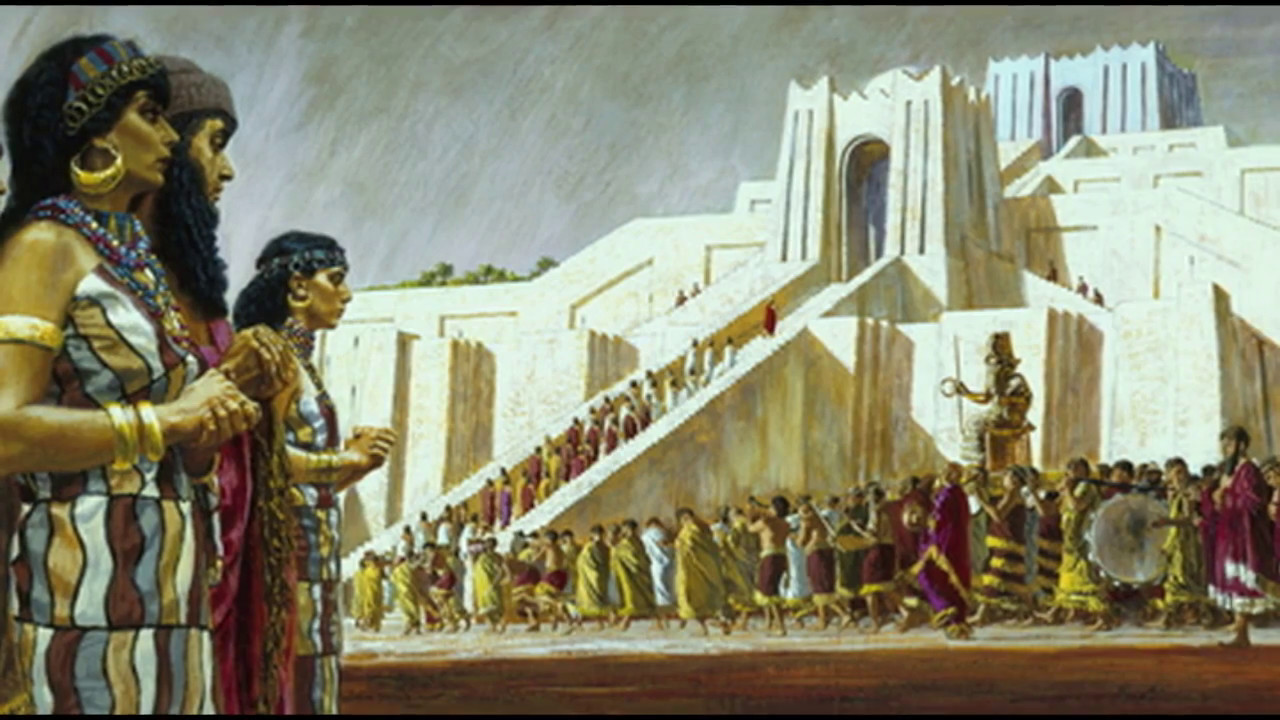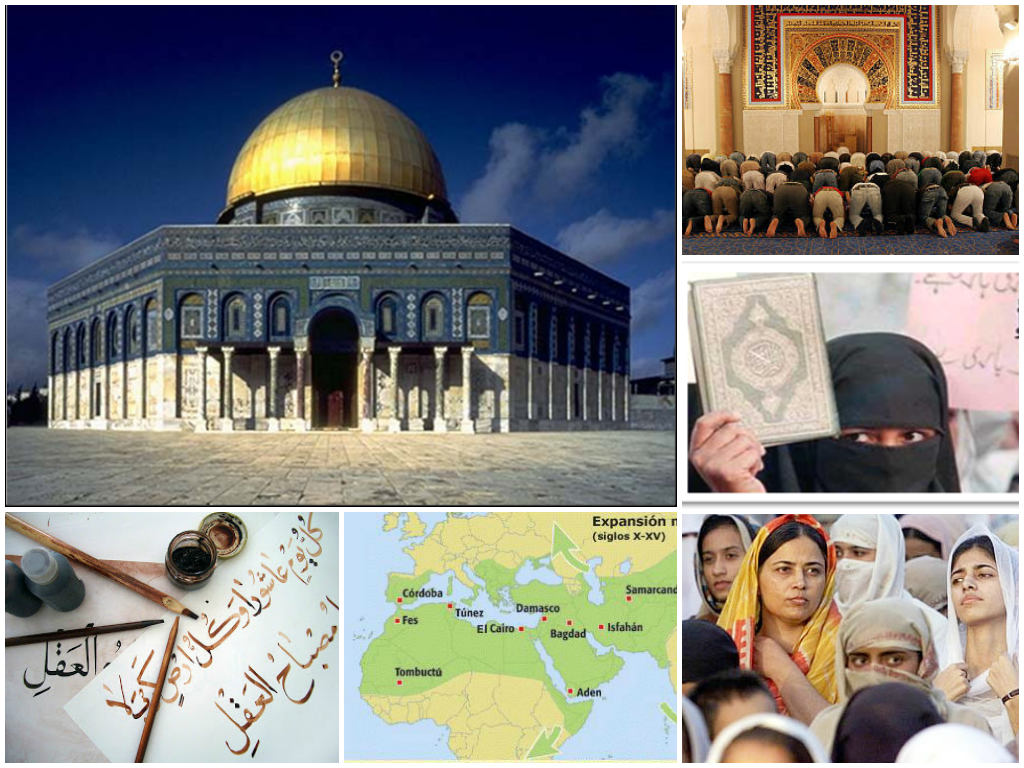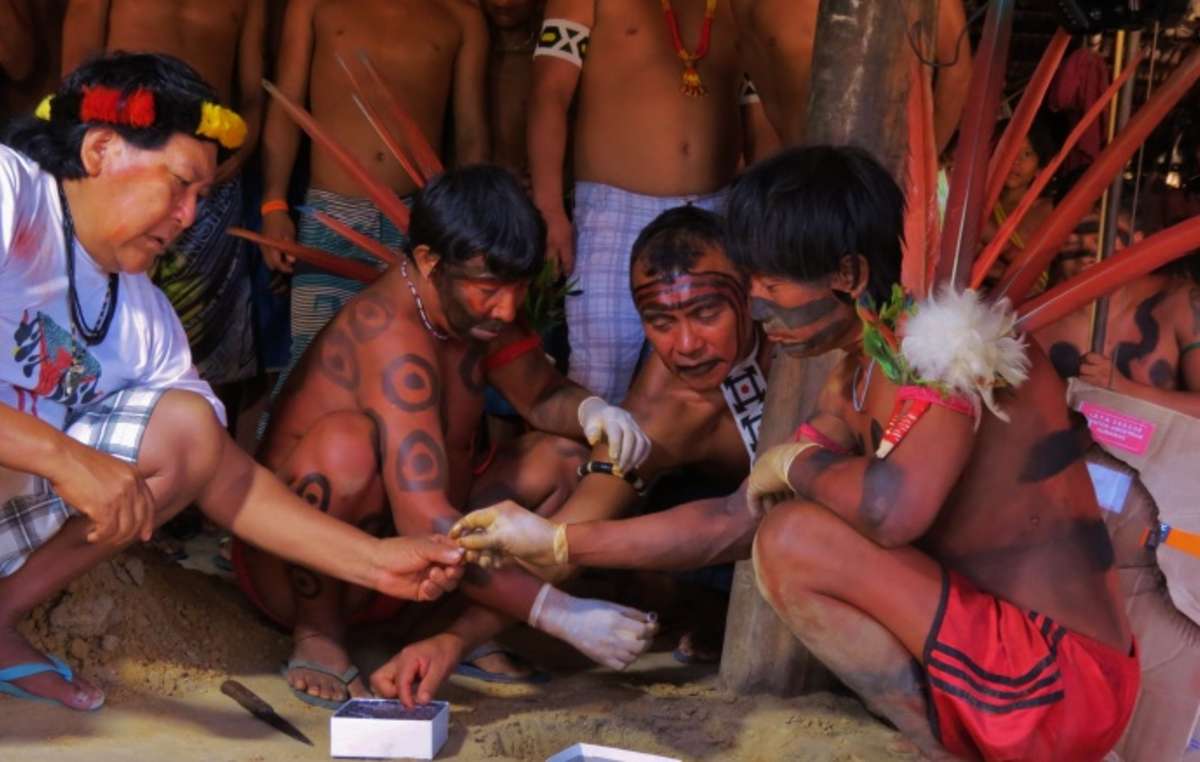There have been many civilizations and cultures in the world, which have been an important key to the development of humanity over time, their knowledge and beliefs have primarily been their legacy to the world. They have been so significant that we invite you to learn a little more about these Cultures of the world.

Outstanding World Cultures
When we speak of culture, we refer to a broad and very complete term in which the various manifestations of the human being are considered, as opposed to their genetic or biological aspects, considered as "natural"; however, it presents different ways of understanding each other.
Culture is the way of doing things that is unique to a society, usually determined by its unique characteristics of time, space, and tradition. So, when mention is made of culture, an approach is also made towards the way of seeing life in a society, its way of thinking, of communicating, of building a community and a series of important values, which can start from religion. , morals, art, protocol, law, history, economy, among others. By some definitions, everything a human does is culture.
However, today the concept is used much more widely and democratically, as we said at the beginning to refer to all spiritual, rational and social aspects of humanity. Throughout history, there have been many world cultures that have made a difference, leaving their contribution to current times, among them we have:
Sumerians
These were the first inhabitants of what would be the first civilization: Mesopotamia, that area of land between the Tigris and Euphrates tributaries, is also recognized as the fertile crescent. Although the exact time of their origin is unknown, however, there are traces of their existence from 3500 BC. C. In this place it was where the first permanent human settlements evolved and the initiative of agriculture took advantage of the fertility of the land.
They also established the first city-states, led by monarchs. They were also the first to use writing, that is how with cuneiform writing they created the first written system of laws and were pioneers in scientific and medical studies; Along with the Egyptians, Sumerian architectural buildings are the oldest in the world.
Egyptians
The culture of ancient Egypt appeared exactly in North Africa shortly after the Sumerian colonies and lasted about 3.000 years, until the Roman conquest. The Egyptians made great advances in areas of knowledge such as mathematics, medicine, astronomy, and architecture.
This civilization gained worldwide recognition for its pyramids, which some still claim to this day to be the constructions of extraterrestrial beings. Likewise, its sanctuaries and art stand out, mainly paintings and statues dedicated to the decoration of tombs, this was very important for the Egyptians because of their belief in an afterlife. Additionally, they had an economic system dependent on agriculture, mining and trade with other regions.
Ancient Greece
The origin of this civilization is given from the Minoan civilization, appearing for the first time on the island of Crete approximately in the year 3.000 BC. C. Its history is specified in six periods: Minoan, Mycenaean, Archaic, Classical and Hellenistic. Greece became one of the greatest powers in the West before Rome; these had a strong emphasis on philosophy and the pursuit of knowledge.
The ancients were forerunners in constituting democracy as a political system, and their concepts are still taken into account by modern society, even today. Likewise, the art and architecture of the ancient Greeks were important references for the Western world.
China
It is characterized as one of the oldest cultures in the world, respected primarily for its philosophy and art. With more than 4.000 years, the Chinese empire was one of the most powerful in the Asian continent; this functioned under a system of emperors, although today it operates under the hierarchy that bears the name of the four professions.
At present, China has more than 58 native groups. Likewise, his most significant contributions such as Taoism, Confucianism, paper, the compass, among others, are highlighted.
Nordic
The Nordic culture has its beginnings in the territory of all of Northern Europe, around the year 200 AD. C. Their mythology was very exuberant, and it is said that they are the best preserved versions of the Germanic myths; these stories were shared verbally through lyrics.
From the year 700 AD. C., this civilization migrated to Great Britain, Greenland, Iceland and all the way to Russia, and from that time they began to be known as Vikings. It is important to note that the word "Viking" actually referred to a brotherhood of warriors who led the conquests.
Islamic
Islam is a culture that starts primarily from its religious foundations. This has its beginnings, in the year 622 specifically in Mecca with the prophet Mohammed as leader. This covers the eastern part of Asia and the northern territory of Africa; their language is Arabic. Since it professes practical guidelines applicable to daily life, this religion significantly governs the legislation and the political and economic system of the Arab world.
The Koran is his sacred written work, where the message of Allah is embodied; They have determined that daily prayer is fundamental to their religion, as well as fasting and adherence to the norms of their religion.
Maya
The Mayans were a very important civilization in the territory that included all of Mesoamerica, it was especially established in southern Mexico, Guatemala, Belize, Honduras and El Salvador. Its archaic time began around 8.000 BC. C., but it was not until 2.000 a. C. in preclassic time that began the evolution of what is now known as the Mayan culture.
These as part of their customs, grew food such as beans and corn; they were warriors and this training played an important role in their lives. In addition, they were great students of natural phenomena, mathematics, and developed the most advanced writing system in America. The disappearance of this civilization occurred around the XNUMXth century after almost a century of Spanish conquest, where one of its most important cities Chichén Itzá, the last bastion of the Mayan civilization, fell.
Incas
They were the most significant civilization in the southern area of pre-Columbian America, they mainly occupied the lands of Peru, however, they managed to spread throughout almost the entire Andes Mountains. Its origins date back to approximately 1.200 AD. C. and lasted until the year 1525. Their religion was polytheistic, they worshiped the elements of nature as gods and their language was Quechua.
These, in turn, had a large army, a highly advanced transportation and messaging system, as well as being particularly adept at urban planning. One of the best known legacies of the Incas was the imposing building of Machu Picchu, located at an altitude of 2.490 meters.
Yanomami
It is one of the largest indigenous groups today. The Yanomami are located between the state of Amazonas in Venezuela and the northern zone, specifically in the Amazonian lands of Brazil. They are semi-nomadic, their diet is based primarily on the consumption of bananas, yams and other vegetables, in addition to hunting and fishing.
The representation of death, as well as funerary rituals, are very important for this culture; Among these rituals, the best known is the swallowing of ashes of deceased relatives, where they have the conception that they return their spirit to the family. Although the Yanomami culture does not have the same recognition as the great American civilizations, its main value lies in the appreciation and respect they have for Mother Earth and her resources.
Western culture
While this is perhaps one of the world's largest cultures, modern Western culture certainly encompasses a significant part of European and American societies, even imposing itself on other base cultures. In general, we can say that it is the fusion of the heritage of previous cultures such as Greek philosophy, Judeo-Christian morality, Renaissance art and the sociological perception of the French Enlightenment.
Western culture is closely related to capitalism and the ideology of consumption, and could be considered a colonizing culture, since it has even covered part of the Asian continent, this being one of the most respectful cultural roots.
Toltec
During the changes in Mesoamerica, between 650 and 800 AD, the mythical, cunning and warrior Toltec culture emerged. A civilization originating from the Chichimeca tribe, who decided to leave the northeast of Mexico and settle in the central plain, where some of the current states are located, such as: Mexico, Hidalgo, Tlaxcala, Puebla, among others. Its development extended during the Mesoamerican classic and postclassic period, that is, from 800 to 1.200 AD.
The Nahuatl Toltec word symbolizes master architects, in this sense, in their capital Tollan-Xicocotitlan, they developed foundations of a legendary nature and manifested themselves with great religious and astronomical knowledge, which in particular influenced all of the Mesoamerican native populations. In this way, for much of Mesoamerica, having a Toltec lineage represented respect and authority.
Nazca
The civilization originated in the valleys of what is now Ica in the territory of Peru, with Cahuachi as the main seat of this culture. This evolved between the XNUMXst and XNUMXth centuries, being one of the most notable ancient populations in America. Although they were experts in textiles and ceramics, their most famous contribution is the famous Nazca lines, a series of geoglyphs located in the Pampas de Jumana, which represent huge geometric figures, human and animal.
tiwanaku
The Tiahuanacos, as they are also called, were a community that lived around Lake Titicaca, especially in the province of La Paz, in western Bolivia. This was an ethnic group from pre-Inca times, which based its economic development primarily on animal husbandry and agriculture. Likewise, they had a highly developed concept of technology and architecture, as evidenced by the ancient remains of Tiwanaku, the spiritual and political seat of this culture.
If you found this article on World Cultures interesting, we invite you to enjoy these others:


